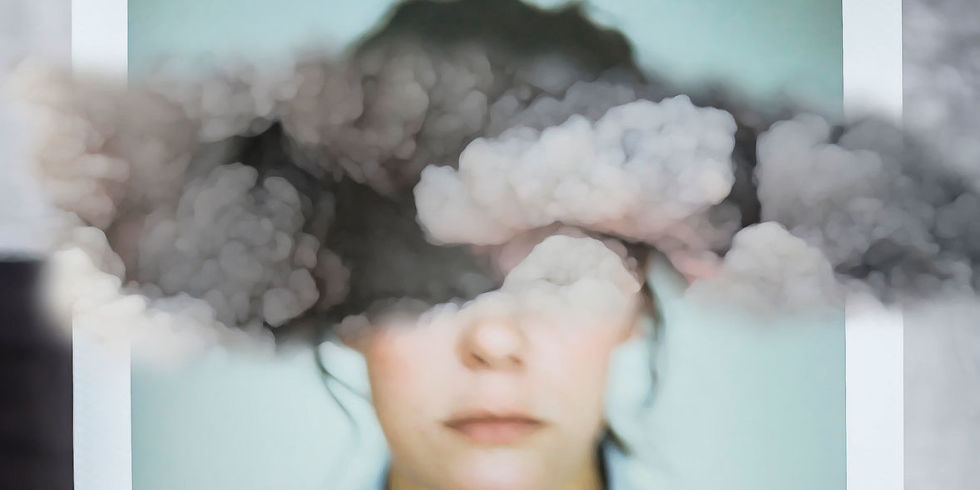Medical experts share advice on how to treat seasonal affective disorder (SAD) – the feelings of depression and increased anxiety during the winter months.
We can all relate to feeling a bit more glum, lacklustre and less bouncy during the cold, winter months. When the sun sets on summer, it not only takes with it our daily dose of vitamin D but also, for many, the spring in our step.
For those who feel a drastic change in their mood and disposition come autumn, they may be suffering from seasonal affective disorder. The NHS describe it on their website, saying:
Seasonal affective disorder (SAD) is a type of depression that comes and goes in a seasonal pattern. SAD is sometimes known as “winter depression” because the symptoms are more apparent and tend to be more severe during the winter. The symptoms often begin in the autumn as the days start getting shorter. They’re typically most severe during December, January and February.
What causes SAD?
Seasonal affective disorder is brought on because the brain is exposed to less natural light and vitamin D during autumn and winter. This, is turn, disrupts the brain’s production of melatonin (the sleepy hormone) and serotonin (the mood hormone). It can also disturb the body clock.
Symptoms of seasonal affective disorder (SAD)
To find out what physical signs and symptoms we should be looking out for when it comes to recognising SAD and how to improve them, we asked Professor Angela Clow to share her advice.
“Individuals suffering with seasonal affective disorder (SAD) experience extreme changes in mood across seasons, characterised by depression in autumn/winter alternating with non-depressed periods in spring/summer,” explains Professor Clow.
“Seasonal occurrence of symptoms associated with shorter days found in our northern hemisphere thus the prevalence increases the further north one travels.”
The main symptoms are:
1. Hypersomnia – feeling very sleepy and extremely lethargic
2. Overeating and carbohydrate craving
3. Lack of energy and motivation
4. Depressed mood and irritability
5. Lack of enjoyment in things they usually like
6. Social withdrawal
7. Difficulty functioning and thinking clearly
8. Increased feeling of anxiety

How can SAD be treated?
Professor Clow says the best way to treat seasonal depression is with light replacement therapy. You can replace natural morning daylight with artificial lights or dawn simulators.
“The main thing is to recognise the seasonal nature of the condition and treat it accordingly,” Professor Clow reminds us. “We need light in the morning, especially around the time of awakening.”
Things to remember when using artificial lights:
• Blue spectrum lights are the best replacement
• They are best used in the morning to boost vitamin D at the start of the day
• Do not use at night as this can inhibit our sleeping patterns and worsen symptoms
During periods of depression, it is also important to maintain a balanced and active lifestyle. Eating healthily, doing regular exercise and continuing to do the things you enjoy are all essential.
Where to buy light therapy lamps?
Therapy lights are widely available online and in-store from places like Amazon, Boots and technology shops. It’s worth doing your research to make sure you get what you need from your light – for example, whether you would also like it to have radio or alarm functions.












